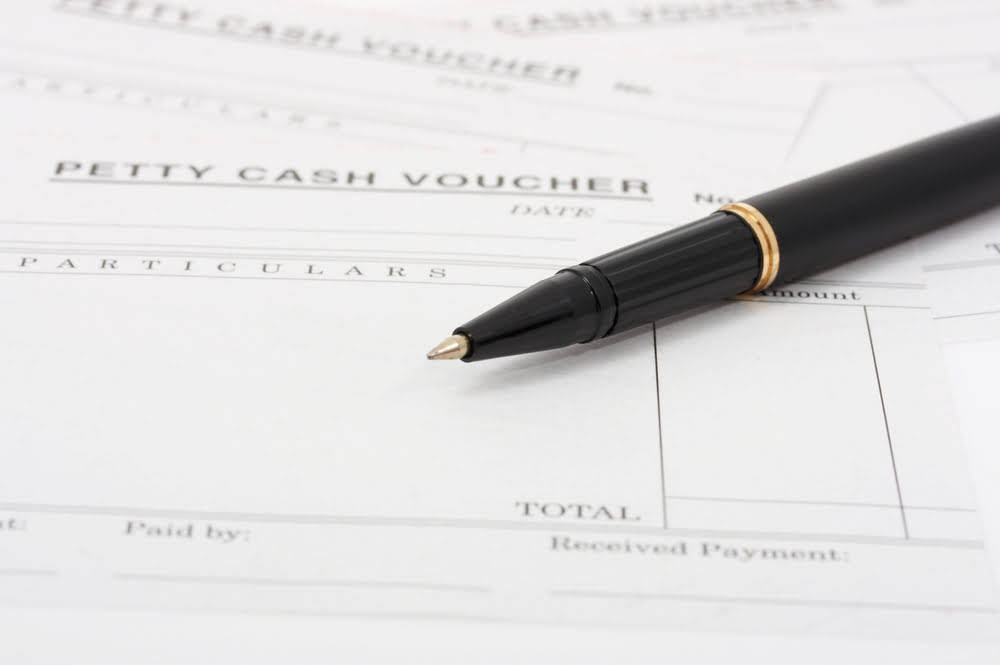
When your business issues a check to suppliers or creditors, these amounts are immediately recorded on the credit side of your cash book. However, there might be a situation where the receiving entity may not present the checks issued by your business to the bank https://www.bookstime.com/blog/coronavirus-aid-relief for immediate payment. The debit balance as per the cash book refers to the deposits held in the bank, and is the credit balance as per the passbook. In cases where you discover discrepancies that cannot be explained by your financial statements, it’s best to contact your bank. It’s possible that a banking error has occurred or that you have been charged for something you were unaware of. If the charges are not from your bank, the bank can also help you identify the source so that you can prevent any fraud or theft risk.

How confident are you in your long term financial plan?
Match the deposits in the business records with those in the bank statement. Remember that transactions that aren’t accounted for in your bank statement won’t be as obvious as bank-only What is bookkeeping transactions. This is where your accounting software can help you reconcile and keep track of outstanding checks and deposits. Most reconciliation modules allow you to check off outstanding checks and deposits listed on the bank statement. There are bank-only transactions that your company’s accounting records most likely don’t account for.
How do you complete the bank reconciliation process?
Financial statements show the health of a company or entity for a specific period or point in time. Accurate financial statements allow investors to make informed decisions. The statements give companies clear pictures of their cash flows, bank reconciliation which can help with organizational planning and making critical business decisions.

Bank statement shows something that’s not in your business books?

To further optimise your accounting process and, therefore, your cash flow, it’s worth leveraging accounts receivable software like that offered by Chaser. Chaser's intelligent solution integrates seamlessly with your accounting system and helps you bring revenue in faster. When you “reconcile” your bank statement or bank records, you compare it with your bookkeeping records for the same period, and pinpoint every discrepancy. Then, you make a record of those discrepancies, so you or your accountant can be certain there’s no money that has gone “missing” from your business.
- Conducting regular bank reconciliation helps you catch any fraud risks or financial errors before they become a larger problem.
- When you do a bank reconciliation, you first find the bank transactions that are responsible for your books and your bank account being out of sync.
- For example, if a check is altered, the payment made for that check will be larger than you anticipate.
- Common errors include entering an incorrect amount or omitting an amount from the bank statement.
- Typically, the difference between the cash book and passbook balance arises due to the items that appear only in the passbook.
- Chaser's intelligent solution integrates seamlessly with your accounting system and helps you bring revenue in faster.
- It is important that this person has a thorough understanding of accounting principles and procedures to be able to perform the task accurately and efficiently.
- These may include deposits in transit, outstanding checks, bank fees, or miscalculations by the bank or the internal accounting team.
- If you do your bookkeeping yourself, you should be prepared to reconcile your bank statements at regular intervals (more on that below).
- The bank statement submitted by the businessman at the end of May will not contain an entry for the check, whereas the cash book will have the entry.
- If you use accounting software, then your reconciliation is done largely for you.
- Since these items are generally reported to the company before the bank statement date, they seldom appear on a reconciliation.
Therefore, when preparing a bank reconciliation statement you must account for any fees deducted from your account. In addition, there may be cases where the bank has not cleared the checks, however, the checks have been deposited by your business. Banks take time in clearing checks, so the bank needs to add back the check's amount to the bank balance. Journal entries, also known as the original book of entries, refer to the process of recording transactions as debits and credits, and once these are recorded, the general ledger is prepared. There are times when your business will deposit a check or draw a bill of exchange discounted with the bank.
- The service charge was deducted from the reconciliation because no notification had been received about the amount prior to receiving the statement.
- To reconcile your bank statement with your cash book, you'll need to ensure that the cash book is complete and make sure that the current month's bank statement has also been obtained.
- Bank errors are mistakes made by the bank while creating the bank statement.
- The balance recorded in your books (again, the cash account) and the balance in your bank account will rarely ever be exactly the same, even if you keep meticulous books.
- This includes everything from wages and salaries paid to employees to business purchases like equipment and materials.
- While this will cause a discrepancy in balances at the end of the month, the difference will automatically correct itself once the bank collects the checks.
- As a result of these direct payments made by the bank on your behalf, the balance as per the passbook would be less than the balance as per the cash book.
